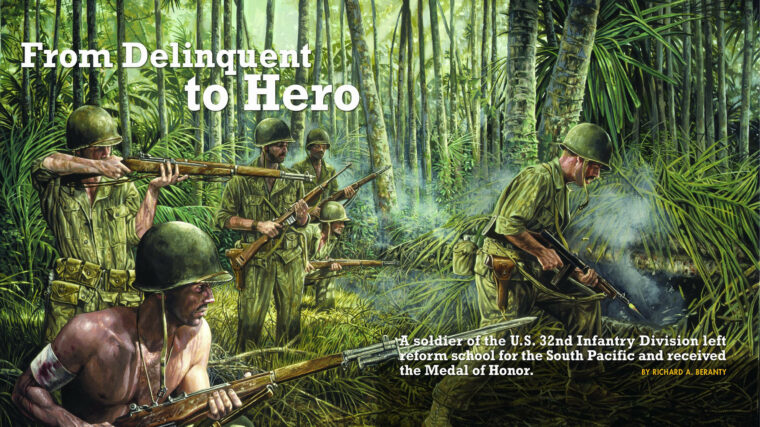
U.S. Navy
Donald R. Lobaugh: From Delinquent to Medal of Honor Recipient
By Richard A. BerantyDonald R. Lobaugh was a juvenile delinquent, a kid sent to reform school when he was 16 years old. Read more

U.S. Navy
Donald R. Lobaugh was a juvenile delinquent, a kid sent to reform school when he was 16 years old. Read more
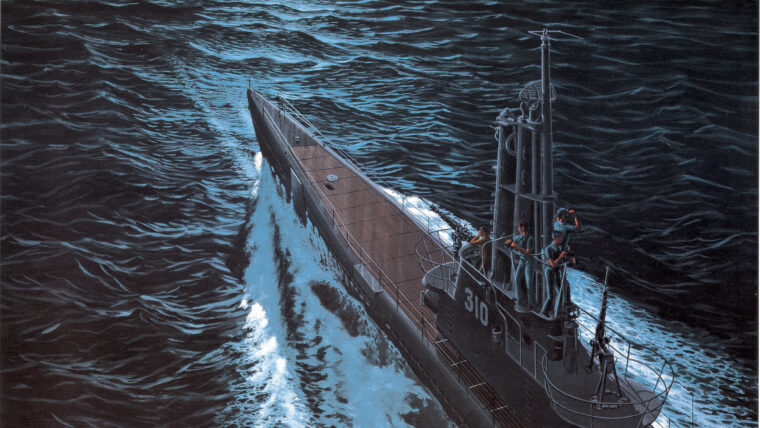
U.S. Navy
She was a sleek, efficient, deadly killer, a home to six officers and 60 enlisted men, and a holy terror to the enemy. Read more
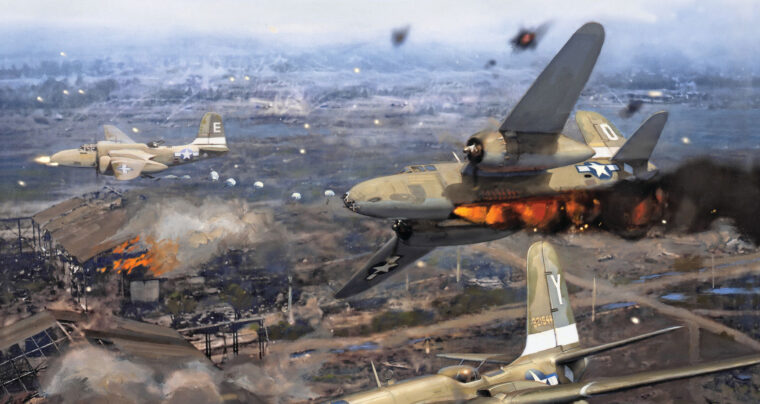
U.S. Navy
General Douglas MacArthur, Supreme Allied Commander Southwest Pacific Area, kept his promise to return to the Philippine Islands when his Sixth Army under the command of Lt. Read more
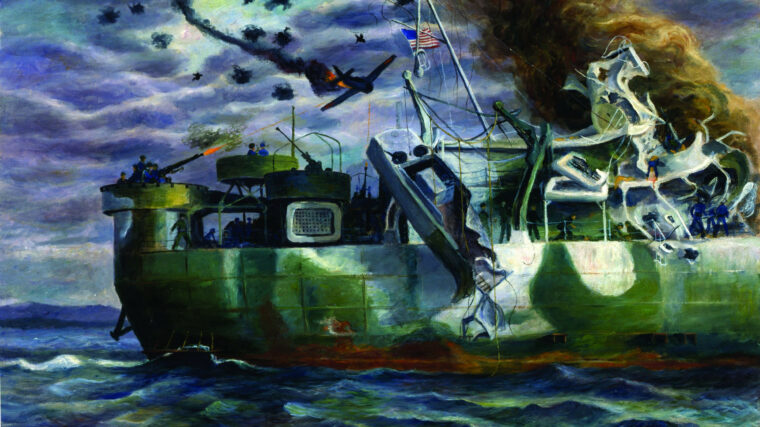
U.S. Navy
More than 60 years ago, in April 1945, the war in Europe was winding down to its inevitable conclusion. Read more
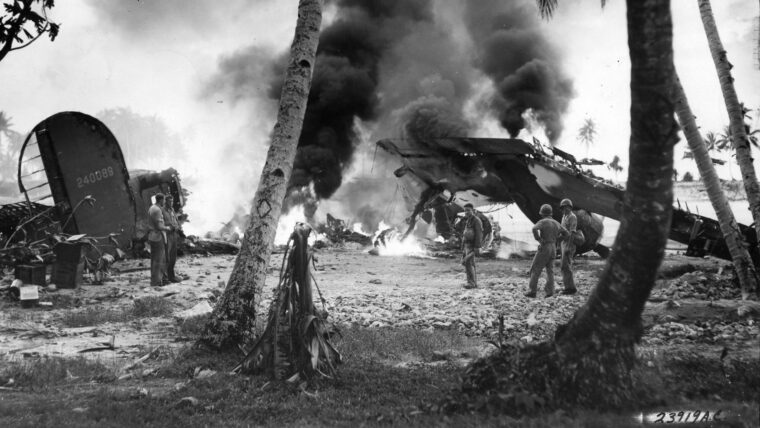
U.S. Navy
Consolidated B-24 Liberator bomber crews of the U.S. 11th Bombardment Group spent the first three months of 1943 organizing on Hawaiian airfields and flying practice and patrol missions around the islands. Read more
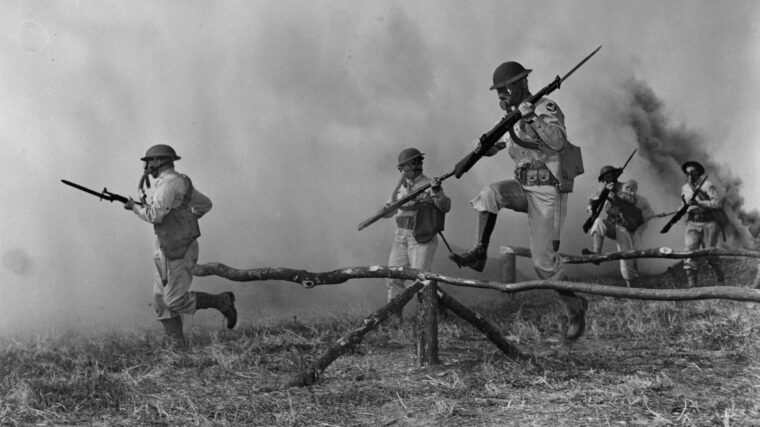
U.S. Navy
On July 17, 1941, United States Army Chief of Staff General George C. Marshall sat before the Senate Military Affairs Committee. Read more
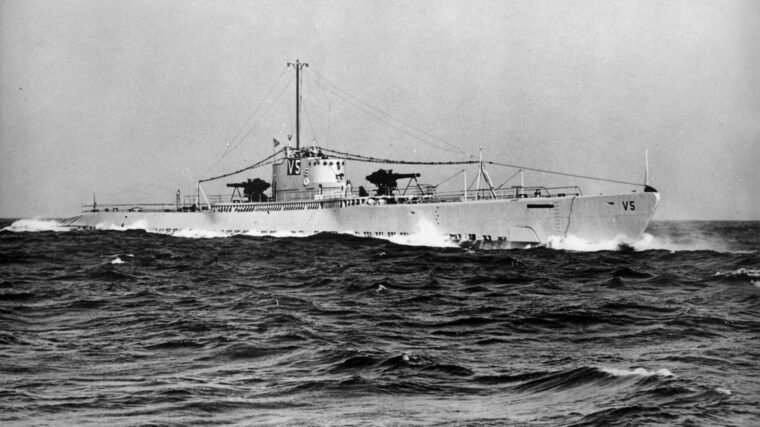
U.S. Navy
Sunsets over Manila Bay are nothing less than spectacular. Once the sun dips below the horizon there is a lingering illumination known as “blue hour” as the sky gradually shifts from pale azure to deep indigo before fading completely into the black tropical night. Read more
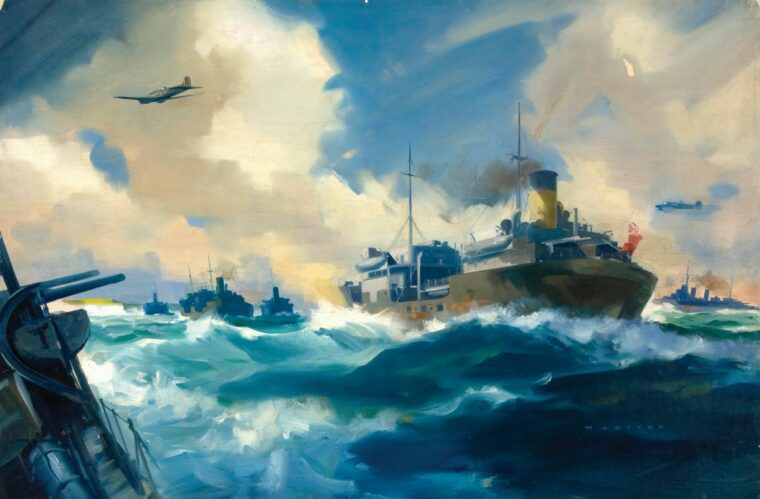
U.S. Navy
Between September 1939 and December 1941, the United States moved from neutral to active belligerent in an undeclared naval war against Nazi Germany. Read more
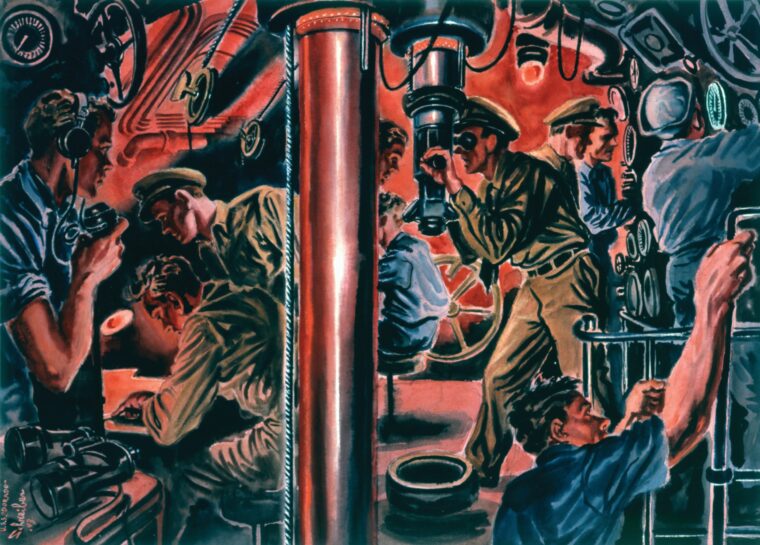
U.S. Navy
On the morning of June 13, 1944, the brilliant new aircraft carrier Taiho weighed anchor and slowly moved out of Tawi-Tawi anchorage in the Sulu archipelago in the southwestern Philippines. Read more
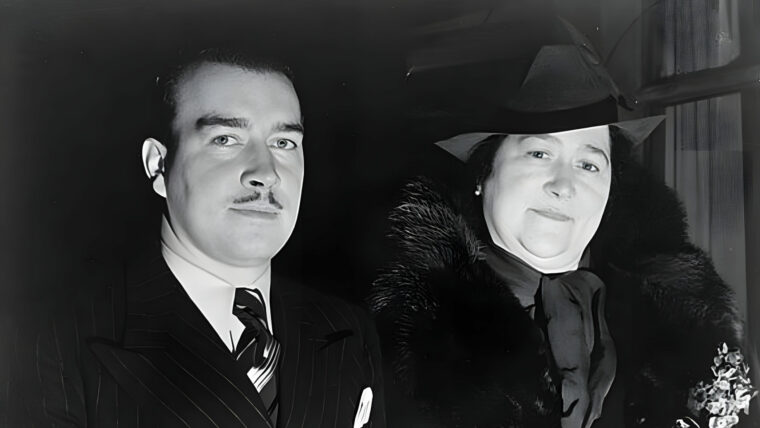
U.S. Navy
It may come as a surprise to many that Nazi dictator Adolf Hitler failed to win the cooperation of all his family members for the dark vision of an Aryan Germany and a new world order. Read more
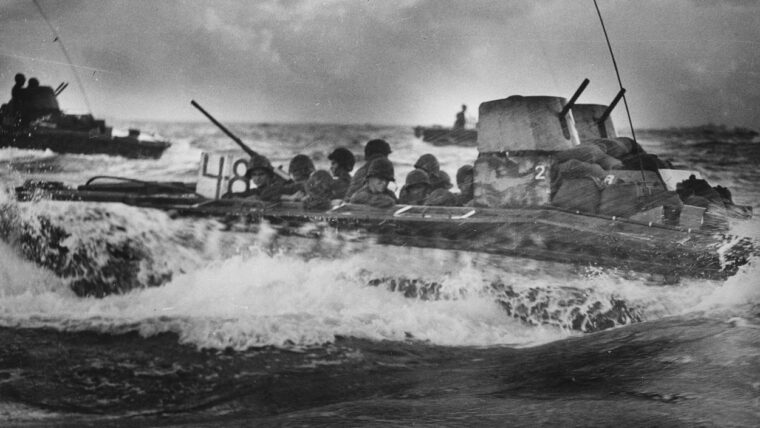
U.S. Navy
The Marines were tired, eager for a rest and the opportunity to get themselves and their equipment back into battle condition. Read more
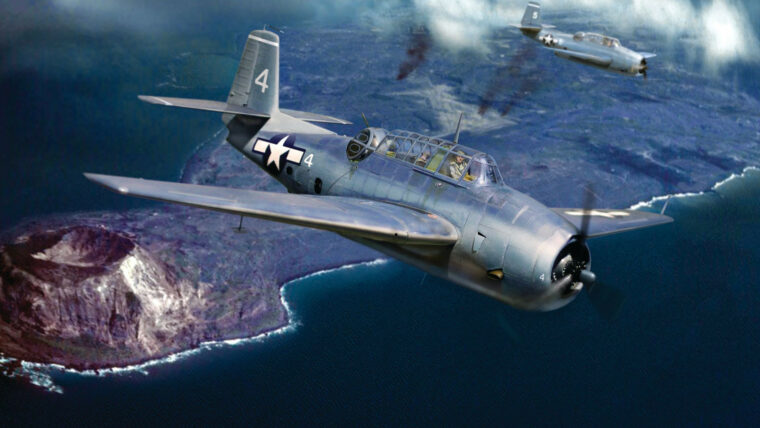
U.S. Navy
Lieutenant Harold Gilson Payne, Jr., was one of the first Americans to die at Iwo Jima. He did not fall in the carnage of the Marine invasion that began on February 19, 1945. Read more
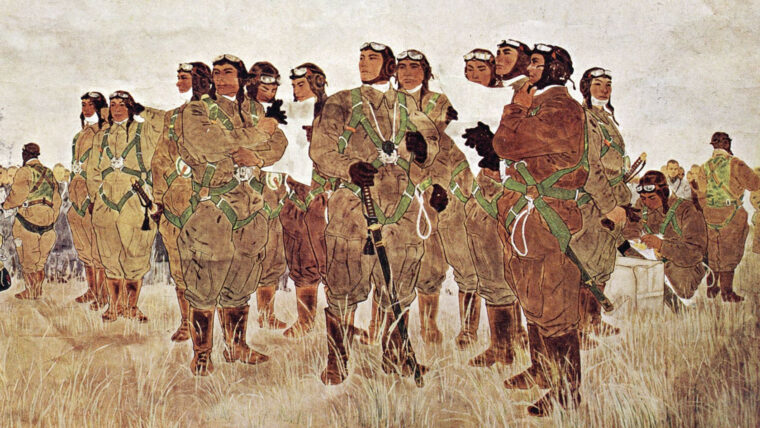
U.S. Navy
April 1, 1945, was Easter Sunday and April Fool’s Day. It was also the day the U.S. Army and Marine Corps launched Operation Iceberg, their massive amphibious assault on the Japanese island of Okinawa. Read more
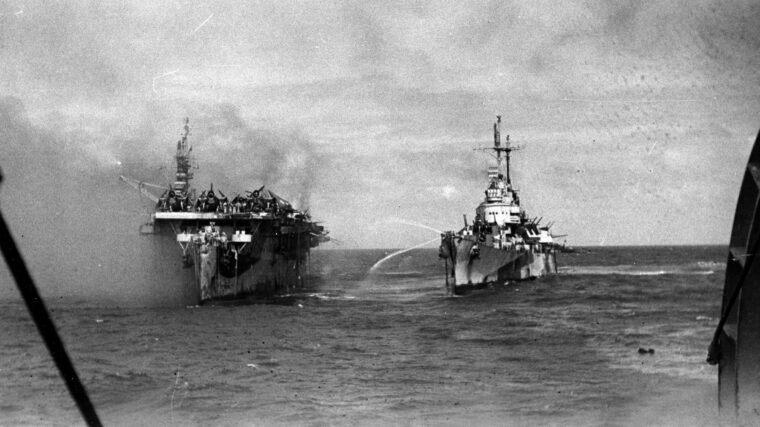
U.S. Navy
The 13,000 ton Independence-class aircraft carrier USS Princeton, which was commissioned on February 25, 1943, quickly became known as the “Fighting Lady.” Read more
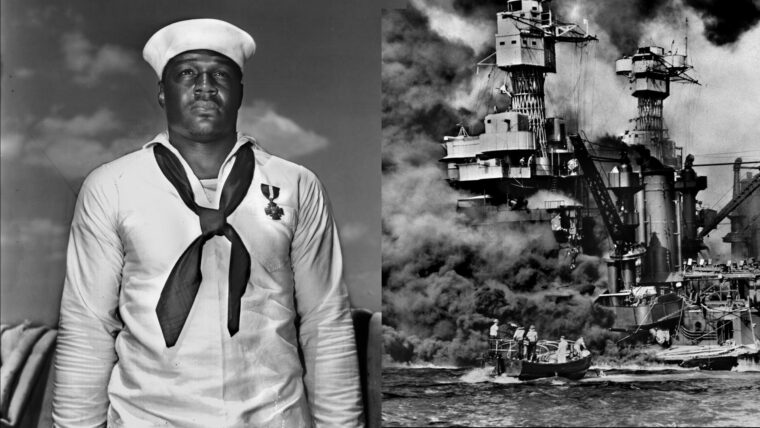
U.S. Navy
His name was Doris, but he was a powerfully built football fullback, a heavyweight boxer, and the first black American hero of World War II. Read more
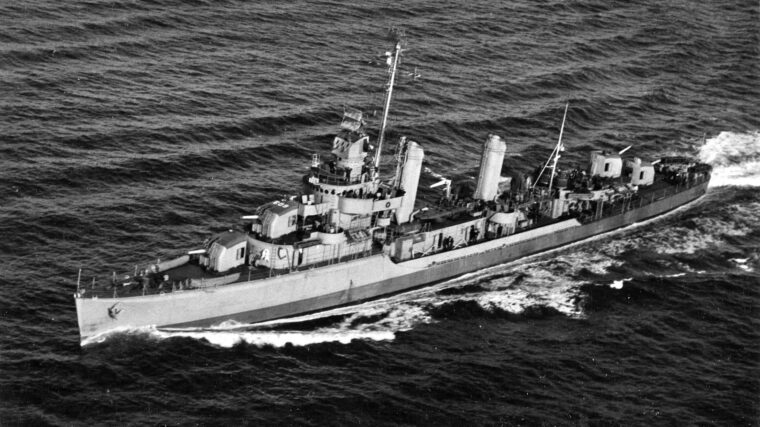
U.S. Navy
Eighty miles off the coast of New Jersey and 280 feet below the surface of the Atlantic Ocean lies the forward section of a World War II destroyer, where it came to rest more than 60 years ago. Read more
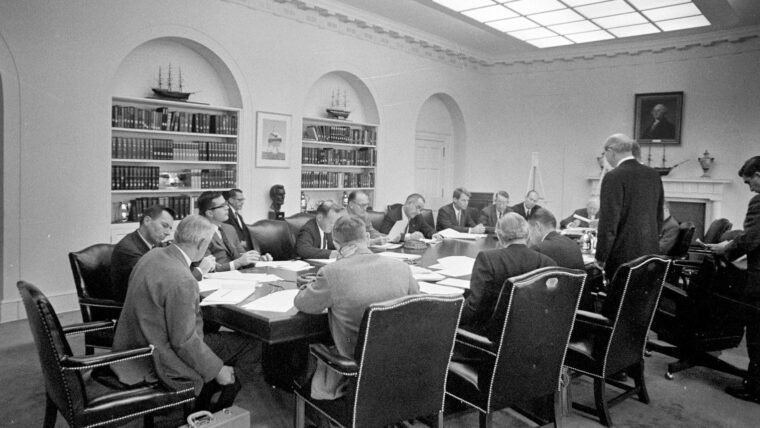
U.S. Navy
For 13 tension-filled days in October 1962, the world came closer to nuclear war than it has ever come before or since. Read more
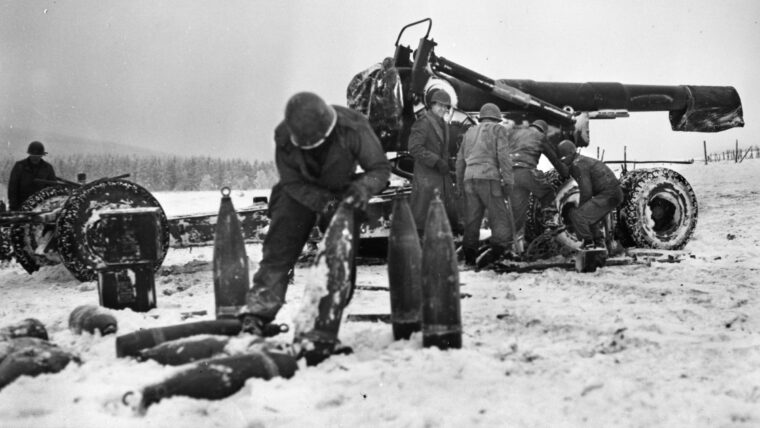
U.S. Navy
Early on the morning of December 16, 1944, the commander of the U.S. 406th Artillery Group, Colonel George Axelson, had a difficult decision to make. Read more
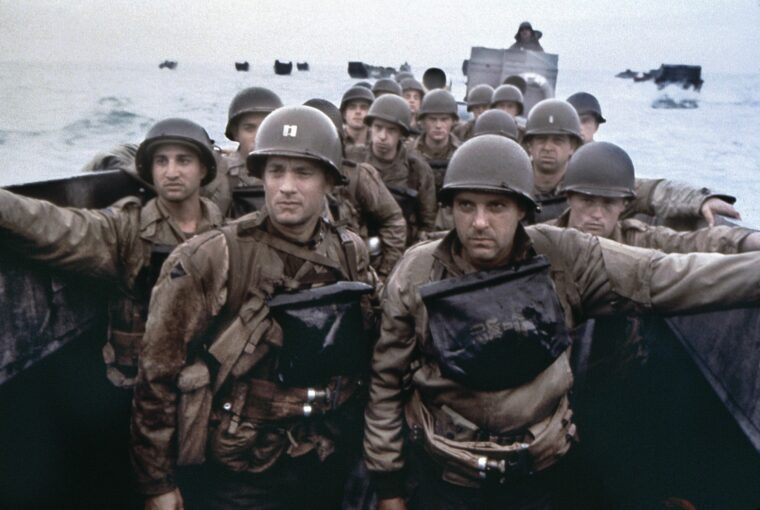
U.S. Navy
The first truly realistic American films of World War II began with a flourish familiar to any moviegoing audience at the time: a hand-drawn company logo introduced by musical fanfare. Read more

U.S. Navy
The American war in the Pacific proved to be largely a maritime endeavor. Fighting consisted of widespread naval battles between the two major opponents followed by American invasions of Japanese-held island bases. Read more